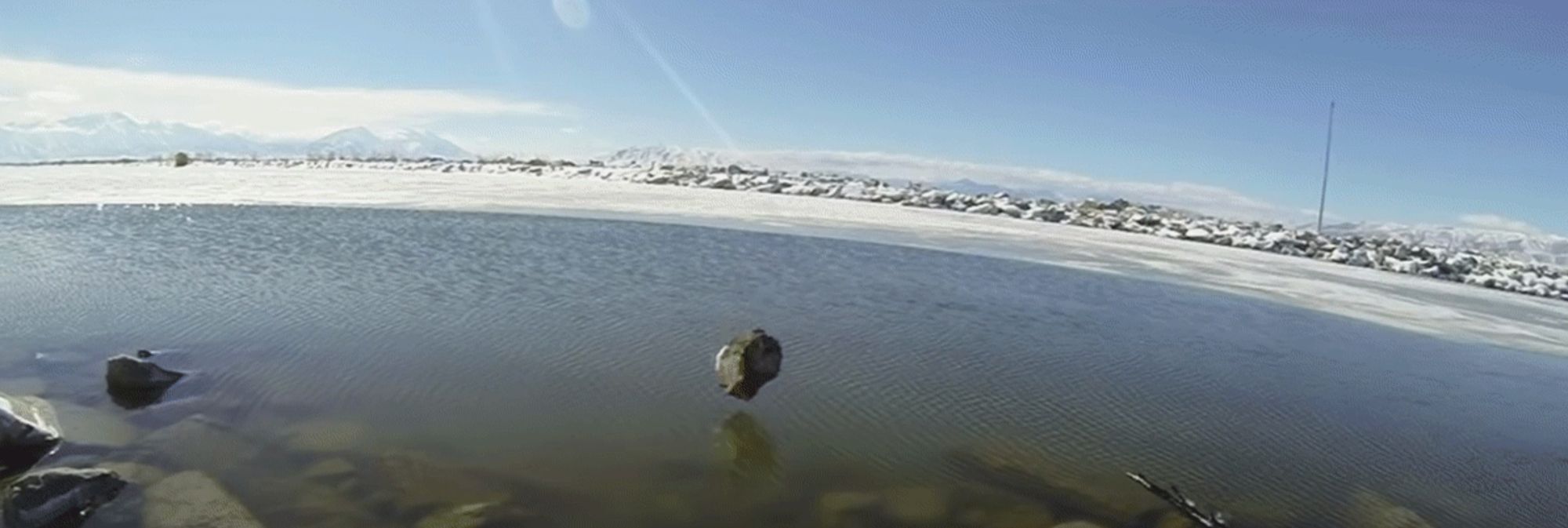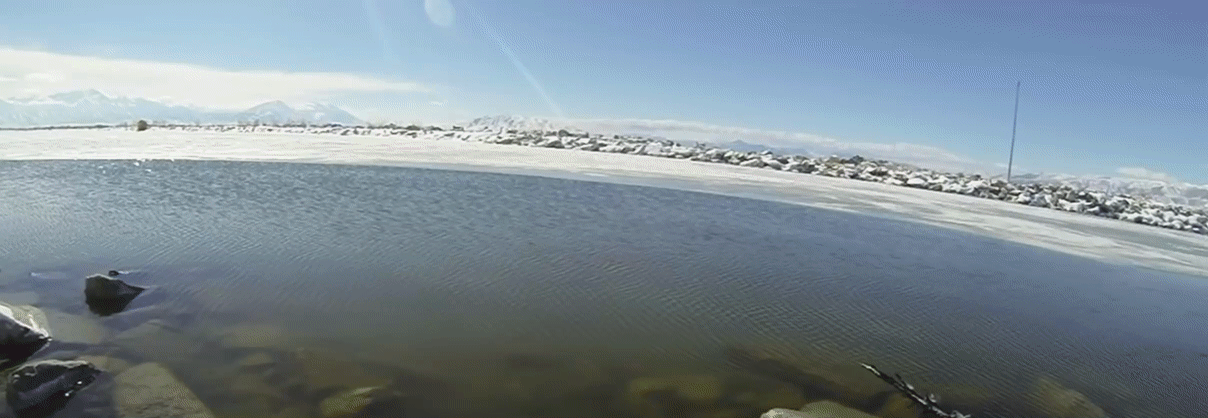The "Rocks vs. Ripples" Approach to Product-Led Growth

I find Product-Led Growth to be comprised of defining future priorities (qualitative) while measuring past results (quantitative). It's like throwing a rock into water and then reacting to the ripples.

Throwing the Rocks:
As Mike Maples says, Founders are time travelers. We've seen a future, and now we've come back to the present to bring others into that future. Throwing a rock is the equivalent of setting a future direction for a product, prioritizing a feature roadmap around it, and then seeing how much of an impact it makes. This is all a very qualitative process.
The key to building new features (aka "throwing rocks") – especially early in a startup's life – is to lower the cost of failure by "shifting left."Ship ideas vs. code (here's an example from Storytell) with as much velocity as possible. Each idea is a rock you're throwing out into the world to see what kind of impact it will make.

Understanding the Ripples:
Users will react to the new features you ship. These are the ripples. Some ripples will be bigger than others. It's actually quite hard to build a company culture that's really listening to those ripples, and bringing them back into the product development process. I gave a talk about this recently at a FounderCulture meetup called "Reducing The Cost of Failure" where I shared Storytell's Rapid Prototyping Workflow.